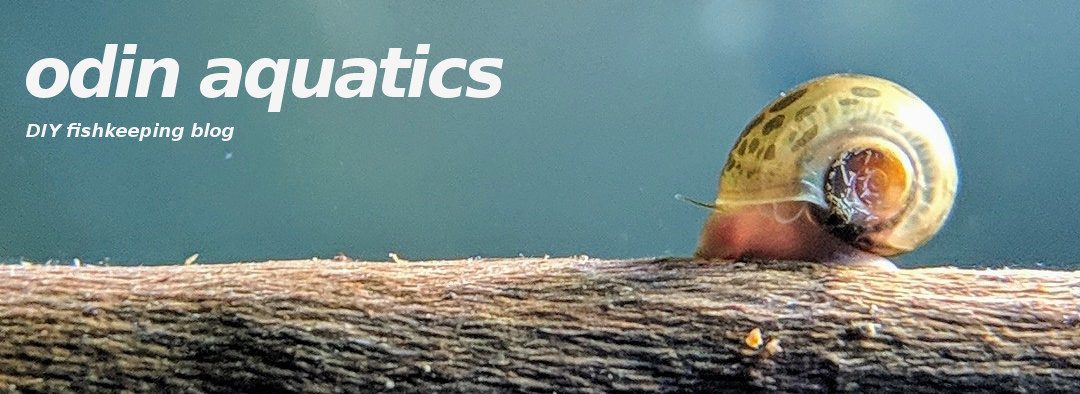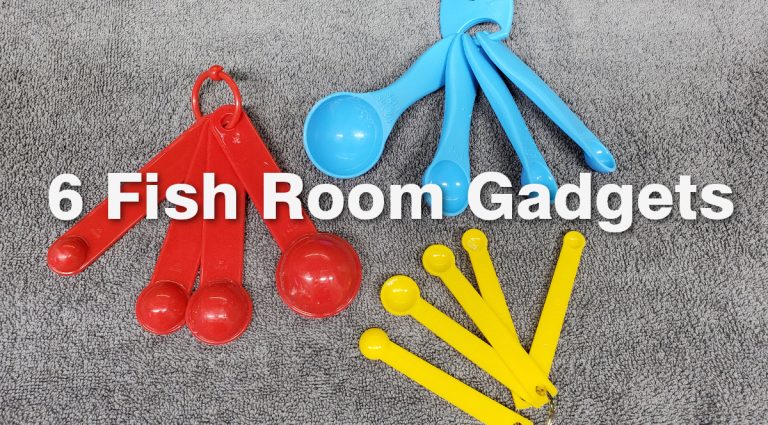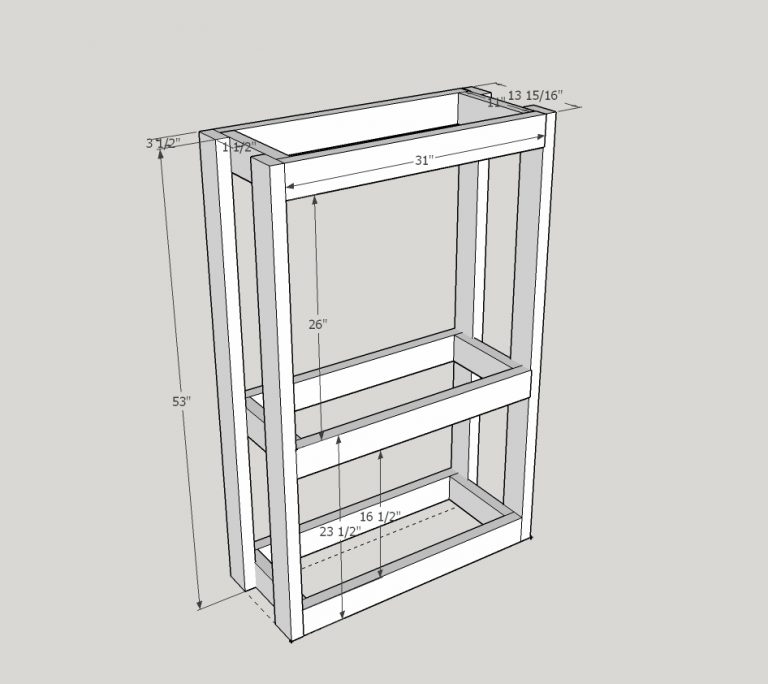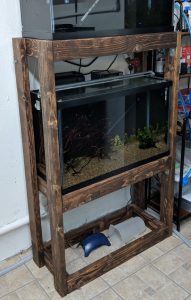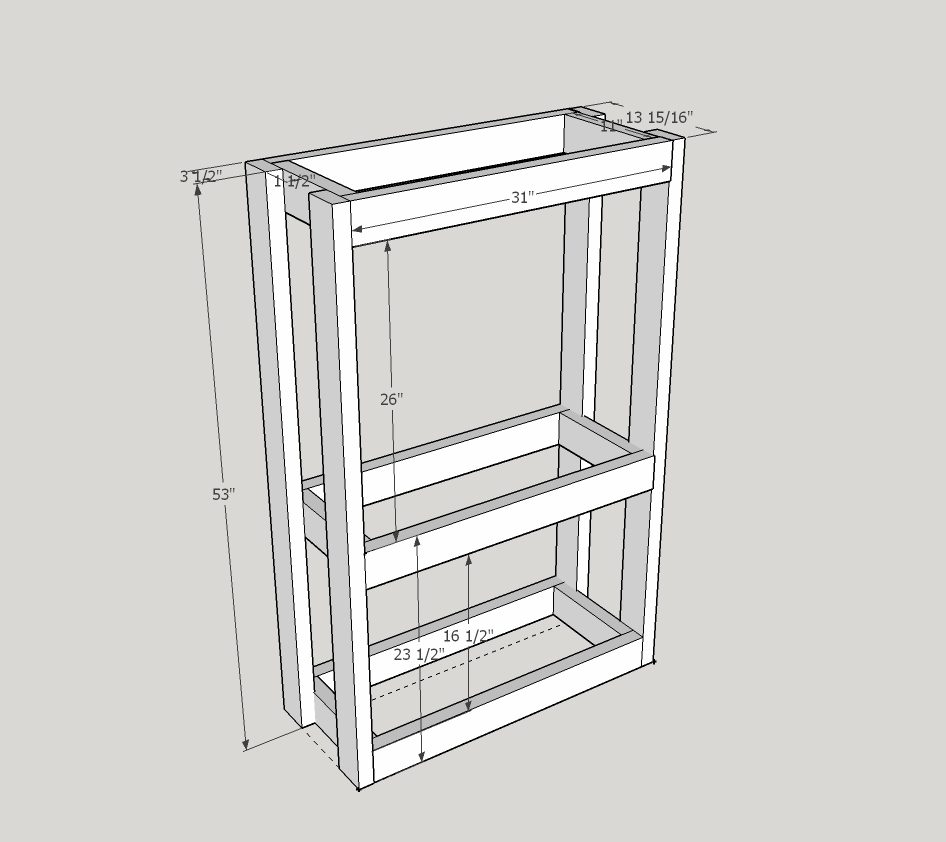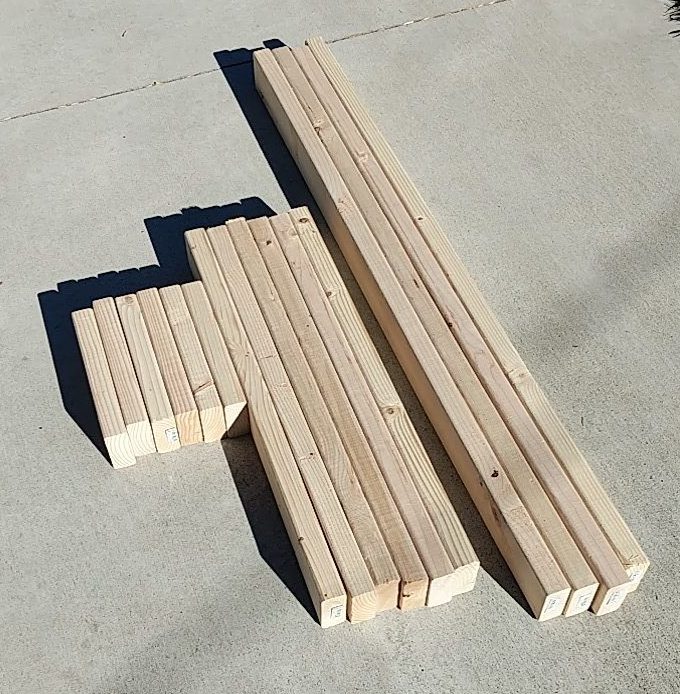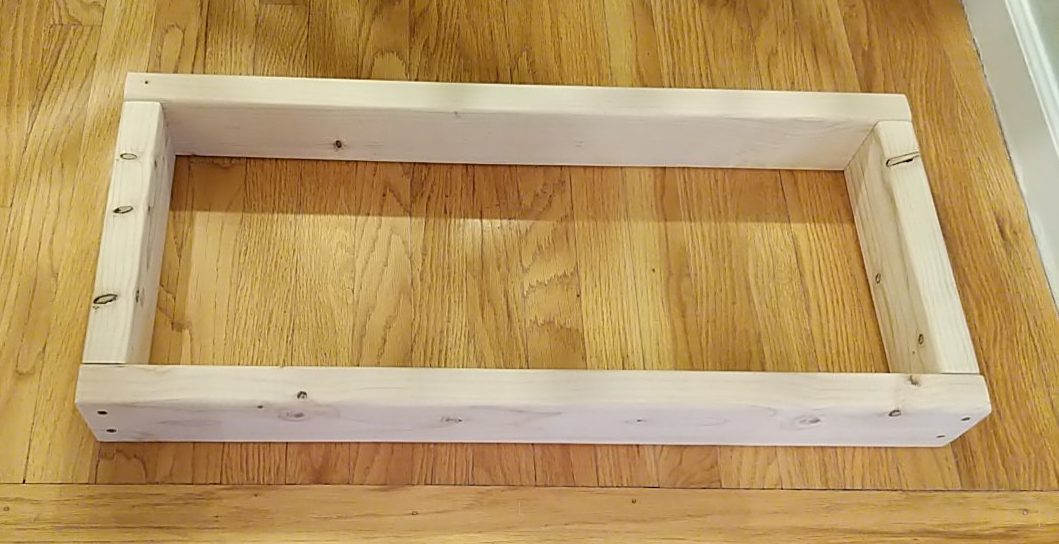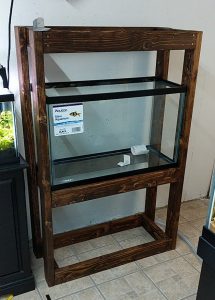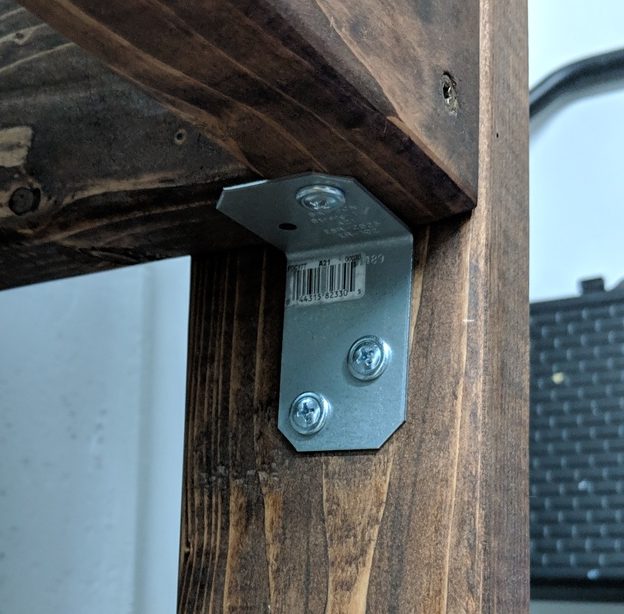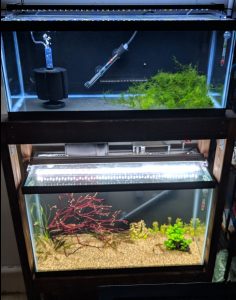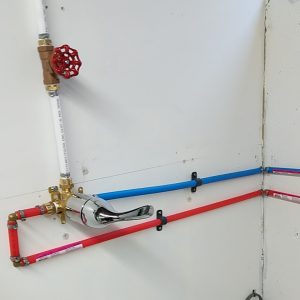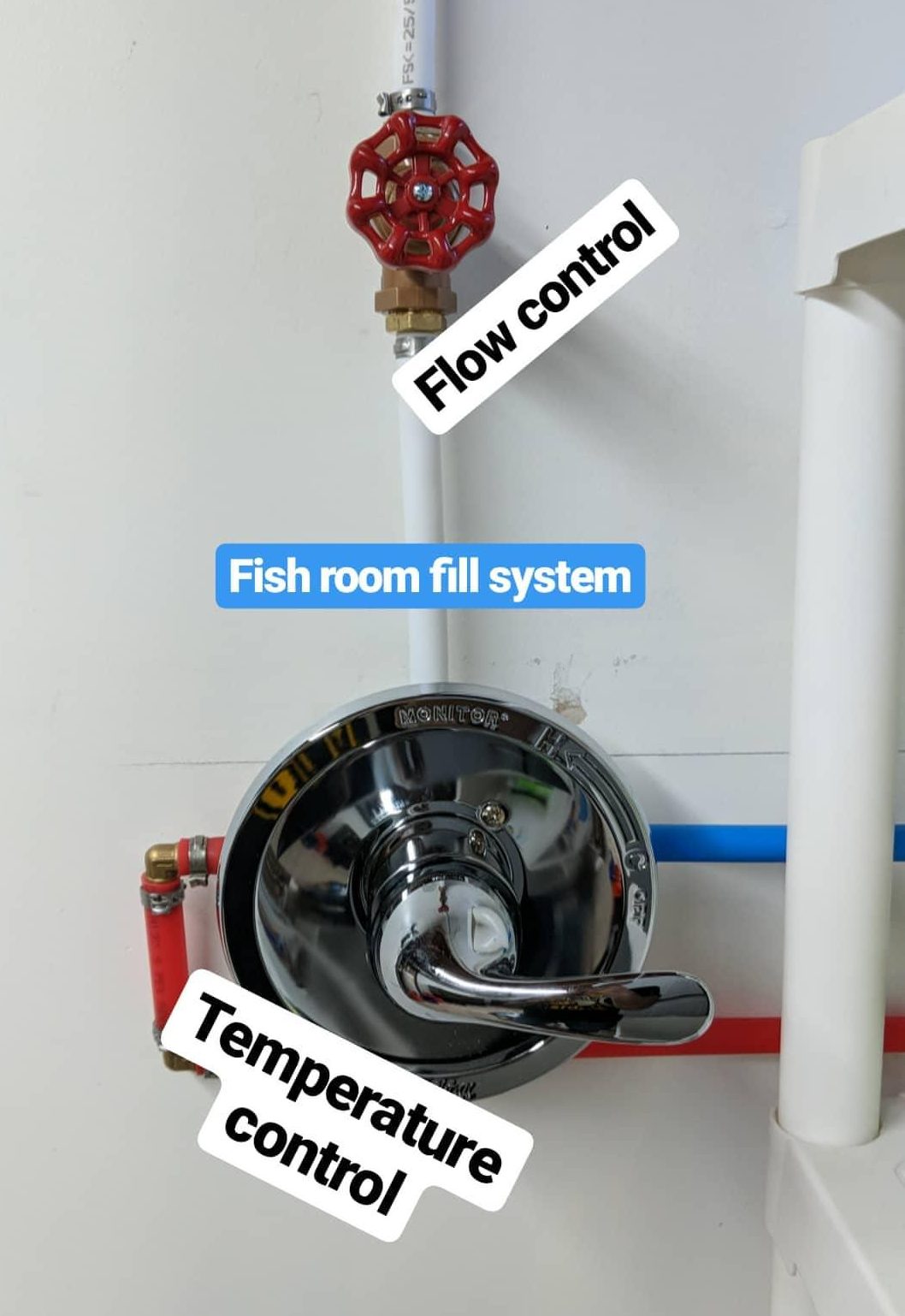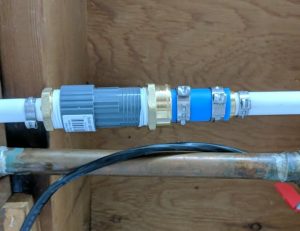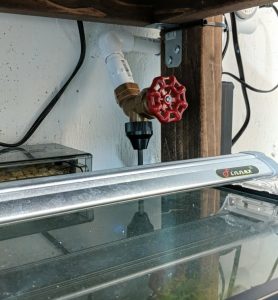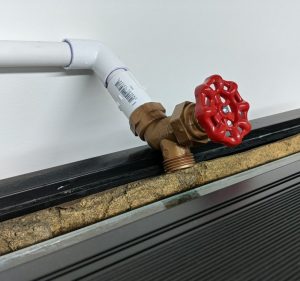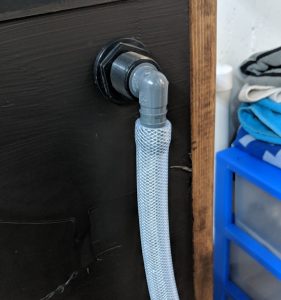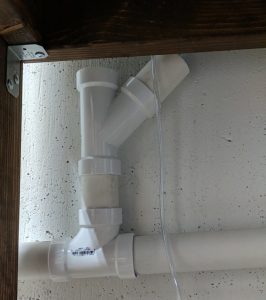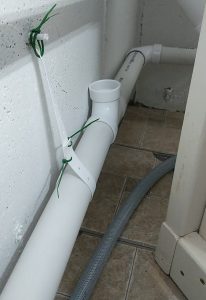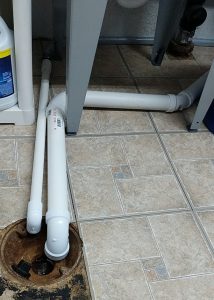Running a fish room can be a lot of work, especially once your number of aquariums crosses into double digit territory. These gadgets are things I use at least weekly and consider an integral part of running my fish room. Most of them are not sold for aquariums and may surprise you!
#1: Specimen Container
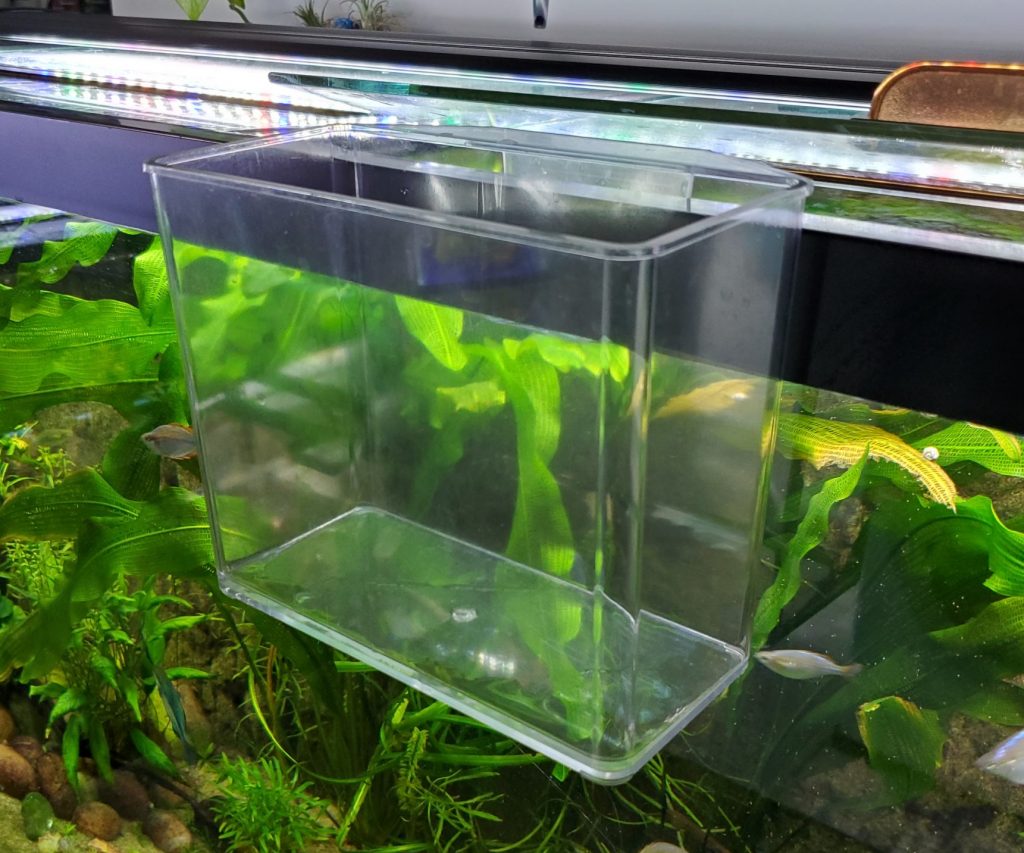
The clear specimen container might just look like a plastic box - and it is - but it is one of the most useful investments you can make for a fishroom. These containers are perfect for moving fish between tanks, bagging fish to sell, drip acclimating fish, and a lot more. Look for a design that hangs on the side of an aquarium - Lee's is the best widely available brand.
#2: Magnifying Glass
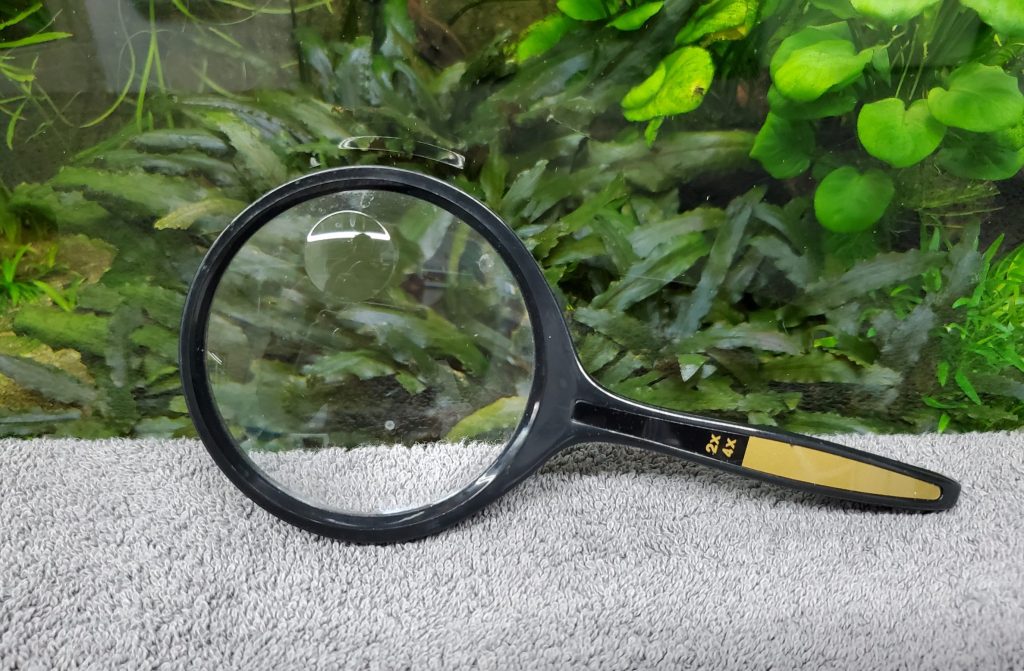
This may be a weird item to see on a fishroom list. I use a magnifying glass all the time in my fishroom. Some of the things you may want to get a closer look at: fish eggs and fry, sick fish, shrimp and snails, tiny organisms like infusoria, copepods, artemia, planaria, etc. If youre a fish nerd youll want to have one handy.
#3: Infrared Thermometer
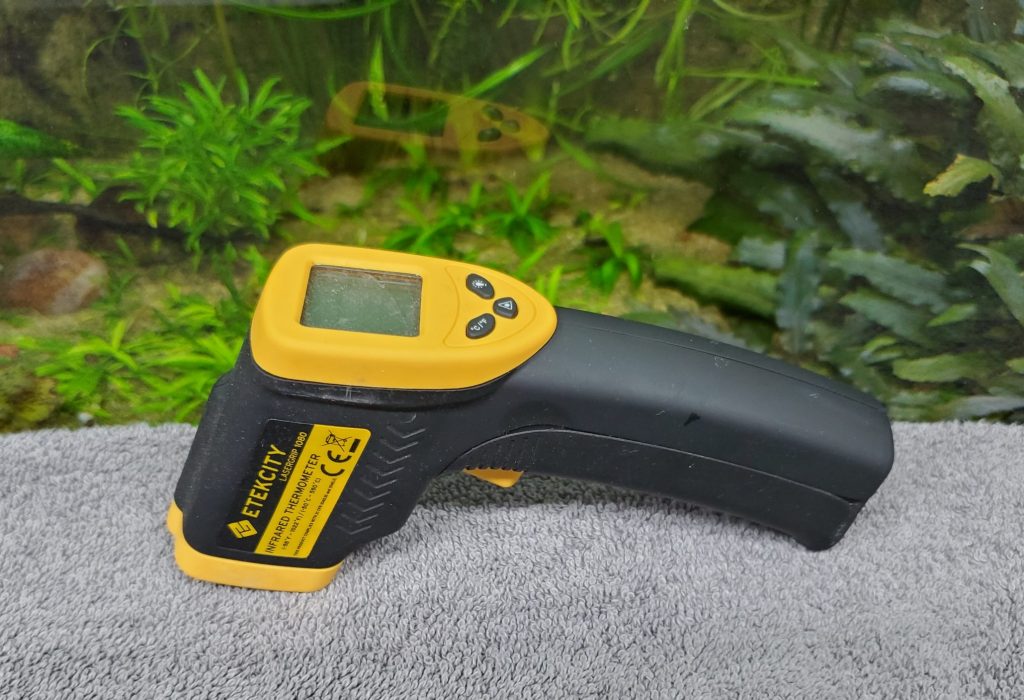
A handheld infrared thermometer is very useful for checking temperature on your aquariums. You should have a thermometer in each tank, but it is super helpful to be able to verify the readings. The handheld thermometer can also be used for a quick temp check on a brine shrimp hatchery, or a bag of fish you just brought home.
#4: Measuring Spoons
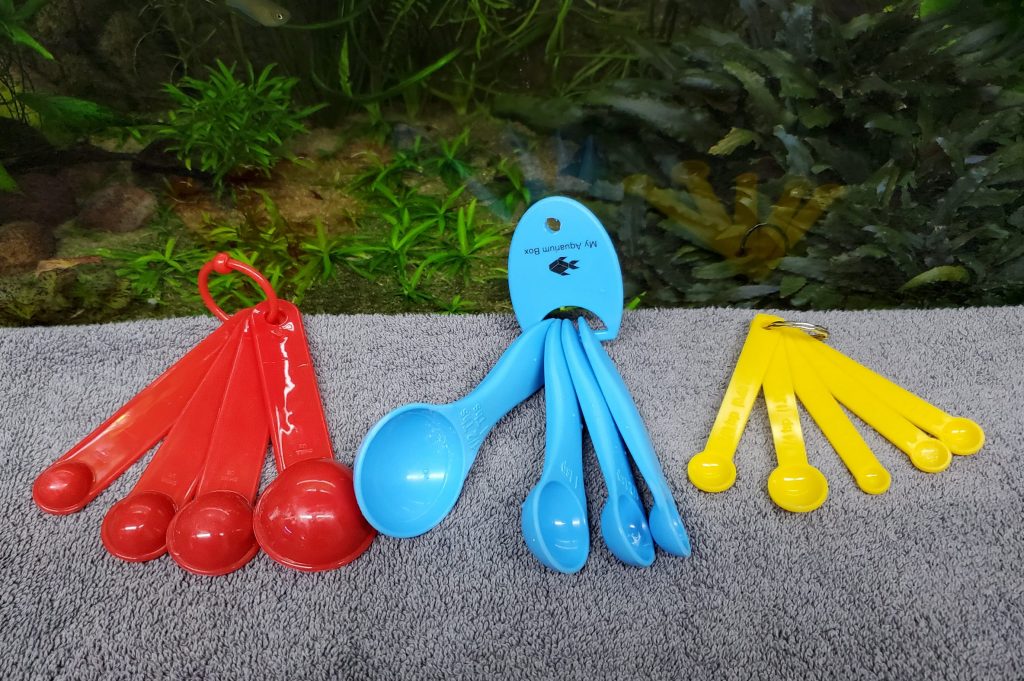
Yes, measuring spoons. In order to maintain "domestic tranquility", you'll want to have a dedicated set of measuring spoons for your fishroom. I use these to measure out seachem safe, brine shrimp eggs, aquarium salt, medications, powdered additives, etc. It's helpful to have a small set and a larger set so you can always do quick measurements (and avoid doing math).
#5: A flashlight
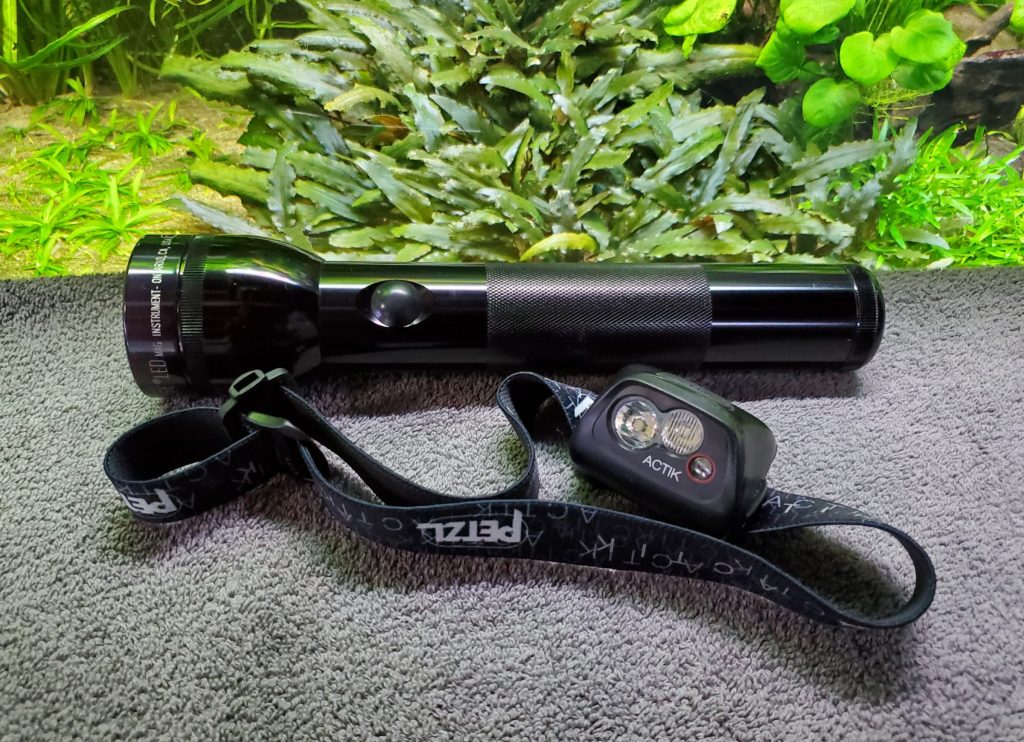
A good flashlight can be really helpful in the fishroom. You can use it to spot plecos hiding in their caves. You can check on fish after lights out without messing with timers. A flashlight is also an easy source of light for harvesting brine shrimp. If you watch a lot of fishroom tour videos, youve probably seen a breeder walk through his fishroom with a flashlight in hand.
#6: The Turkey Baster!
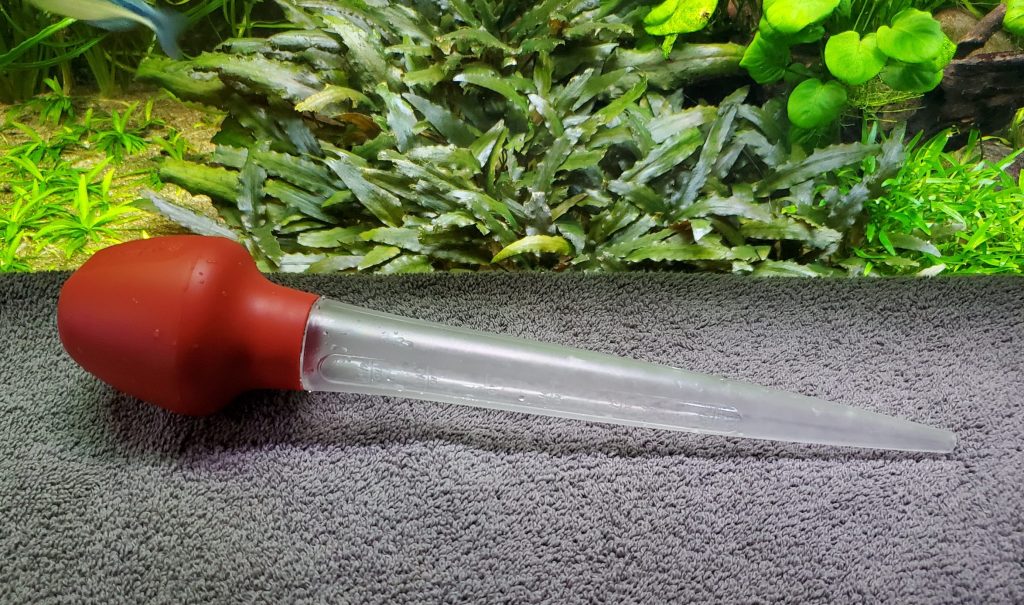
A turkey baster is another kitchen implement that is invaluable in the fishroom. Like the measuring spoons, its best to have one that is just used for fish stuff. I use a turkey baster every day for feeding live and frozen foods. They're also good for catching and moving very small fry. A trick that is popular among aquascapers is using the baster to "squirt" water into plants and gravel to stir up debris during maintenance.

